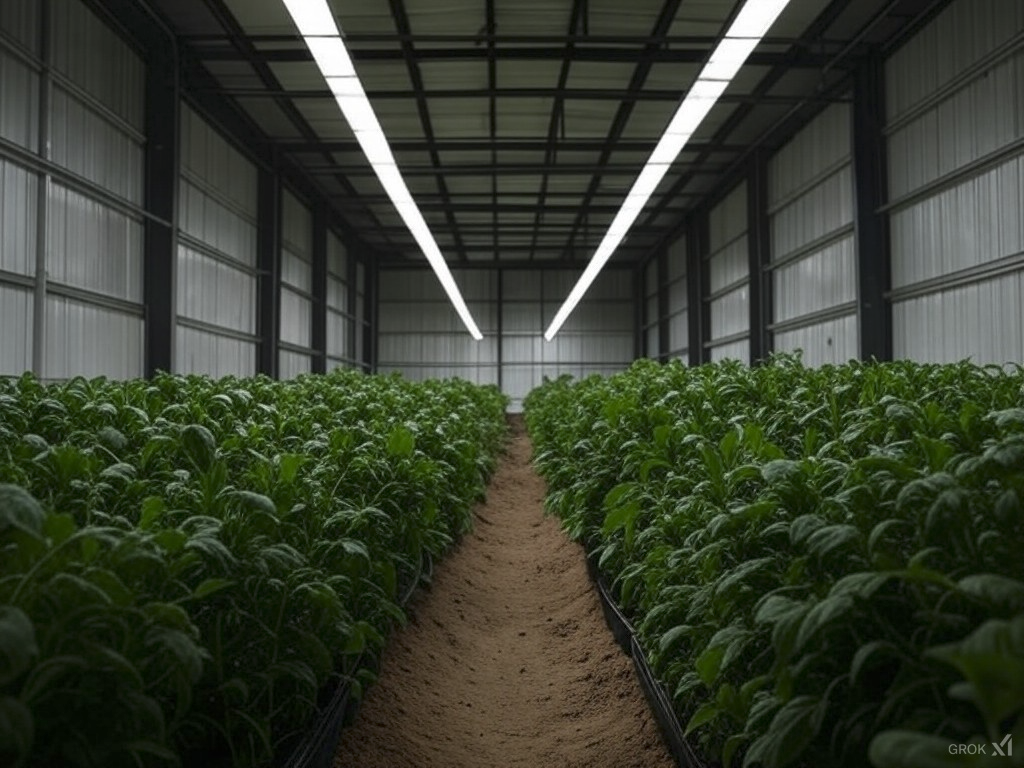Future
Extinction Events and Survival
The extinction of dinosaurs was likely caused by a catastrophic event such as an asteroid impact or massive volcanic eruption. These events released unprecedented amounts of energy, fundamentally altering the chemical composition of Earth's atmosphere, hydrosphere, and lithosphere. Notably, while many species perished, significant genetic material survived this period through various life forms.
Copyright© Schmied Enterprises LLC, 2025.
RISC-V Ecosystem News. Andes Technology announces the Qilai SoC and Voyager development board for RISC-V architecture development. Here.
YouTube Live Stream. Access to Deepseek live video content on YouTube's platform. Here.
Gundry MD Product Page. Health and wellness product information from Gundry MD's official website. Here.
Human Resilience and Agricultural Innovation
Unlike the dinosaurs, humanity's technological advances suggest improved survival prospects for similar catastrophic events. Modern infrastructure developments, exemplified by companies like Prologis, have created vast climate-controlled facilities that could be repurposed for survival needs. These structures show particular promise for controlled environment agriculture (CEA), utilizing specialized LED technology that replicates optimal growing conditions by mimicking the solar spectrum—a technique already proven successful in smaller applications like aquaculture.
The Evolution of Agriculture
The transition to indoor farming represents a paradigm shift in agricultural risk management. Traditional farming's dependence on weather conditions is being superseded by controlled environments that offer:
Transportation and Infrastructure Revolution
The evolution of autonomous vehicles, exemplified by Waymo's innovations, is transforming urban infrastructure requirements. This technological progression suggests a future with:
Intelligent Traffic Management
Tiered Traffic Systems
These advancements suggest a future where transportation infrastructure becomes more efficient, safer, and adaptable to evolving technological capabilities. The integration of these systems represents a significant step forward in urban planning and mobility solutions.
This transformation across multiple sectors—from agriculture to transportation—demonstrates humanity's increasing resilience and adaptability through technological innovation.
